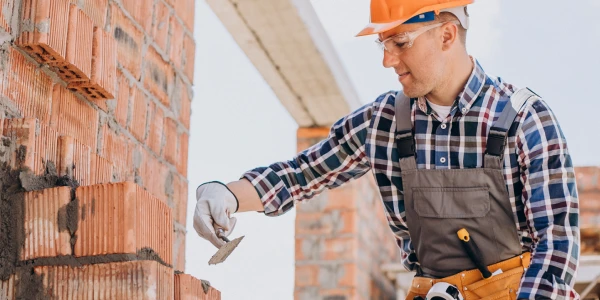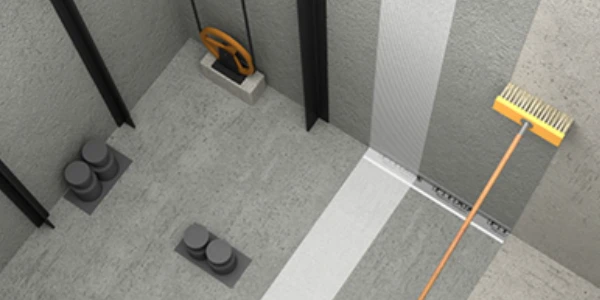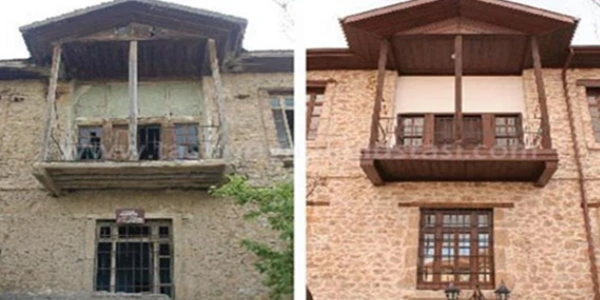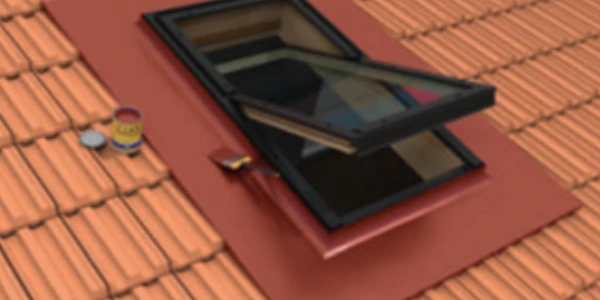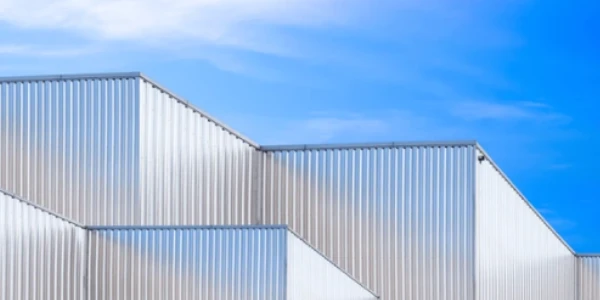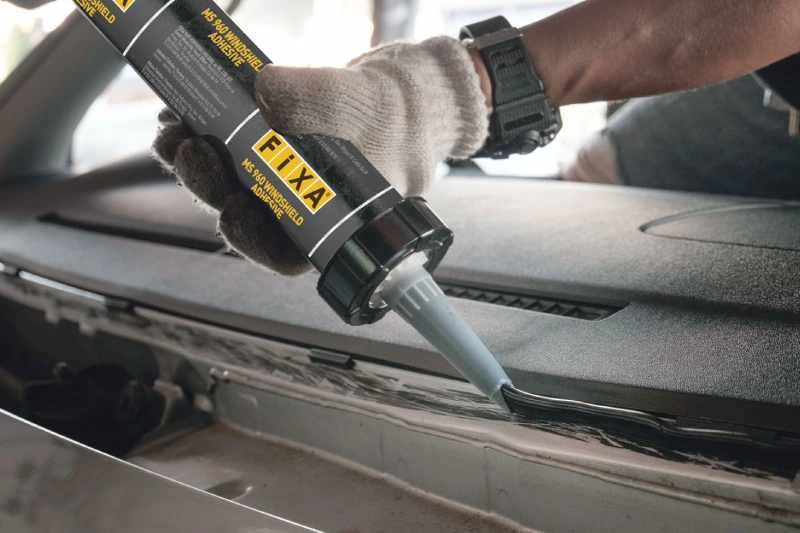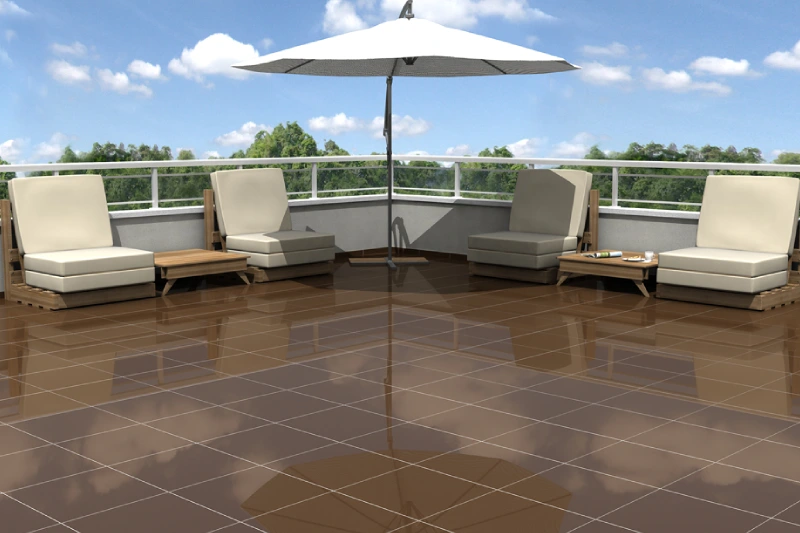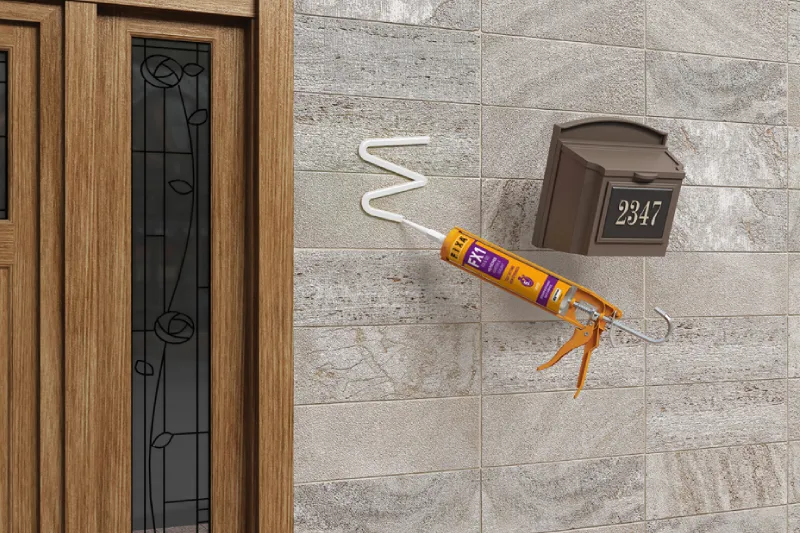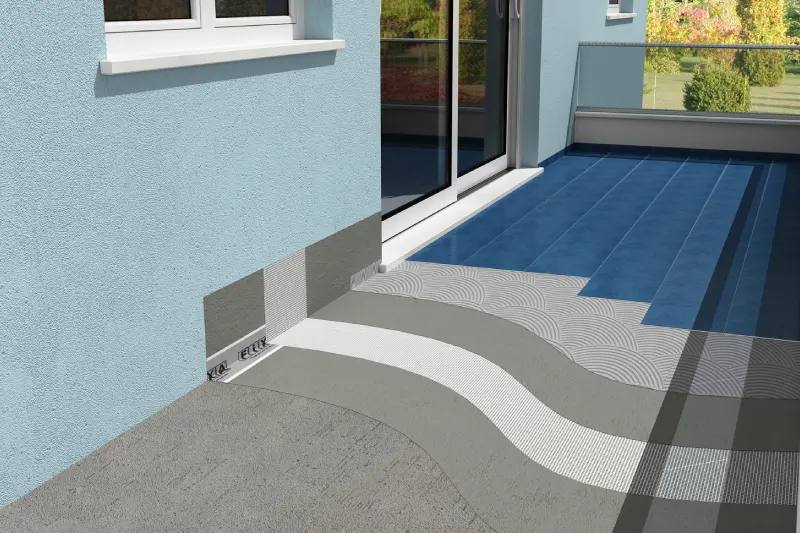Advanced Engineering Solutions and High-Performance Structural Reinforcement
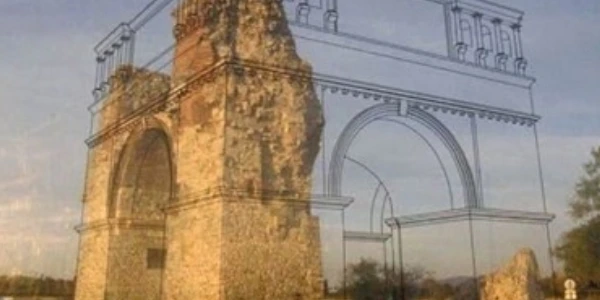
Today, the safety and durability of existing structures are of increasing importance.
Especially in older structures or where deterioration of the fabiric has occured, structural strengthening works have become a vital necessity.
Advanced engineering solutions and high-performance structural reinforcement techniques not only extend the lifespan of existing buildings but also enhance their resistance against potential future hazards.
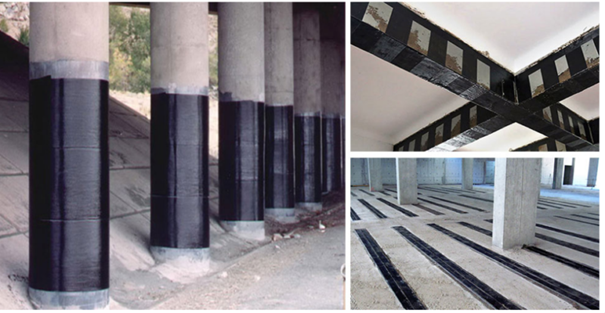
Structural reinforcement aims to reinforce a building’s load-bearing system, increasing its existing load capacity and achieving higher safety standards.
In this process, different materials may be used depending on the structure type: carbon fiber reinforcements for reinforced concrete buildings, welded or bolted connections for steel structures, and laminated wood or steel connectors for wooden structures.
Advanced engineering analyses and simulations determine the most suitable strengthening method for the structure, which is carefully monitored during the application phase.
The use of high-performance materials and the expertise of specialized teams are key factors directly impacting the success of structural reinforcement projects.
Structural reinforcement may be necessary not only for structural deterioration or excessive loads, but also due to other natural disastersand even eathrquake resistance. These factors can weaken the structure, threatening life and property safety.
Through advanced engineering solutions, the current condition of structures is thoroughly analyzed, necessary strengthening measures are identified, and applied.
High-performance structural reinforcement not only protects existing buildings but also ensures safe and durable structures for future generations.
Safe Structures with CARBOFİX Structural Reinforcement Systems
CARBOFİX offers professional solutions based on modern engineering principles and advanced composite materials that enhance structural safety.
Designed to optimize the performance of structures requiring strengthening due to earthquake risks, corrosion effects, structural aging and stress, these systems comply with international standards.
CARBOFİX Structural Reinforcement Products:
-
CARBOFİX Tex

-
CARBOFİX Grid
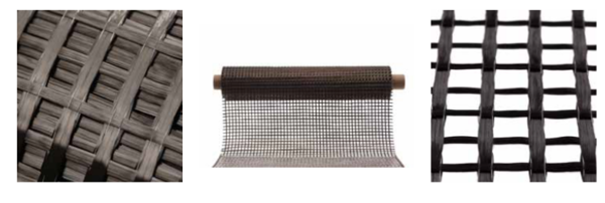
-
CARBOFİX Plate
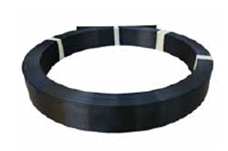
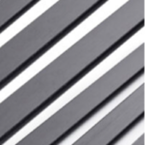
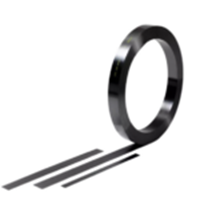
-
CARBOFİX Tassel Anchor
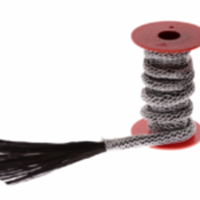
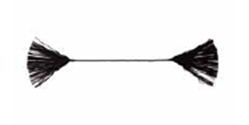
The lightweight yet highly durable material structure, combined with the advantages of quick and easy application, provides a system that engineers and applicators can confidently use even in the most challenging projects.
Epoxy-Based Repair, Restoration and Strengthening Products:
Ensuring the durability and safety of structures is a critical requirement in all construction and restoration projects.
CARBOFİX Structural reinforcement Systems offer a wide product range with carbon, basalt, and glass fiber reinforced polymer systems, high-performance epoxy-based adhesives, and injection systems, providing effective solutions for all types of structural reinforcement needs.
CARBOFİX delivers high-performance technological composite materials that increase the durability of structures.
- Carbon Fiber Reinforced Polymers (CFRP): Lightweight yet possessing high tensile strength, offering excellent performance in reinforced concrete and steel structures.
- Basalt and Glass Fiber Reinforced Polymers (BFRP & GFRP): Provide corrosion-resistant, economical, and long-lasting strengthening solutions.
- Epoxy-Based Injection Systems: Repair concrete cracks and enhance structural integrity.
- Structural Adhesives: Provide high adhesion, long-term durability and superior mechanical performance in FRP applications.
With epoxy and polyurethane-based options, they ensure optimal bonding on various surface types, creating rigid connections.
Structural epoxy adhesives offer high shear and tensile strength, helping to maintain the integrity of load-bearing systems.
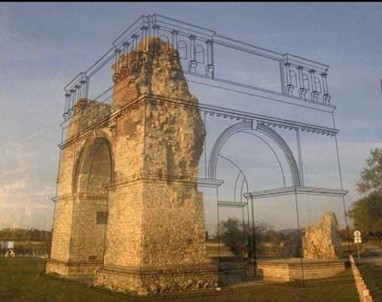
Epoxy Repair Mortars
Used to repair damages in concrete and other structural elements, epoxy repair mortars feature special formulations with high mechanical strength and resistance to chemical and physical effects.
Thanks to their strong adhesion, they create a durable bond between old and new concrete, providing long-lasting performance. They offer permanent solutions against spalling, cracking and wear. Their thermal expansion properties help minimize stresses caused by sudden temperature changes.
Structural Repair Mortars
High-strength cement-based materials used for section repair, crack repair and enhancing wear resistance of reinforced concrete elements.
With polymer-modified formulations, they exhibit excellent adhesion properties. They provide high resistance against chloride ion and sulfate attacks, making them ideal for long-lasting solutions in infrastructure projects. Easy to work with and apply.
Hydraulic Lime-Based Restoration Mortars
Special mortars used in restoration processes that preserve the original material texture of historical buildings.
Their natural hydraulic lime-based formulations provide breathability and minimize moisture-induced deterioration. They have enhanced mechanical strength and high compatibility with stone, brick, and mortar joints. Developed specifically for historical monument restorations and traditional architectural structures.
Application Areas of CARBOFİX Structural Reinforcement Systems
- Seismic Strengthening: Increases the seismic resistance of existing structures.
- Industrial and Commercial Buildings: Enhances load-bearing capacity.
- Historical Building Restoration: Improves structural durability while preserving original architecture.
- Bridges and Infrastructure Elements: Extends service life and reduces maintenance costs.
- Quality and Assurance: CARBOFİX products are manufactured in compliance with TSE and European quality standards and have successfully passed all tests.
With our advanced engineering solutions and expert technical team, we provide customized structural reinforcement solutions tailored to your projects.
If you have any queries about FİXA products, contact us on +44 (0) 208 176 0680 or email us at info@fixaco.uk
Frequently Asked Questions (FAQ)
1. Why is structural reinforcement necessary?
Structural reinforcement is necessary to improve the safety and durability of existing buildings. It is especially vital in areas with high earthquake risk. Strengthening may also be required due to structural deterioration, excessive loads, or other natural disasters.
2. Which structures should be strengthened?
Buildings typically requiring strengthening include:
- Older buildings not compliant with seismic regulations
- Structurally damaged buildings
- Buildings with insufficient load-bearing capacity
- Buildings requiring strengthening due to changes in usage
3. What are the methods of structural reinforcement?
There are various methods for structural reinforcement. The most commonly used include:
- Carbon fiber reinforcements for reinforced concrete structures
- Welded or bolted connections for steel structures
- Laminated wood or steel connectors for wooden structures
- Reinforced concrete jacketing
- Strengthening with steel profiles
4. How much does structural reinforcement cost?
The cost depends on the building’s size, damage extent, materials used, and the chosen method. However, it is generally more economical than constructing a new building.
5. How long does structural reinforcement take?
The duration varies depending on the building size, damage level, and method used. It typically ranges from a few weeks to several months.
6. What should residents do during strengthening works?
Safety measures may need to be taken to protect residents during strengthening works. It is best to consult experts for specific guidance.
7. How durable is a strengthened structure?
A properly strengthened structure using quality materials can be as durable as a new building.
8. Who should be consulted for structural reinforcement?
Structural reinforcement should be carried out by specialized engineering firms.
9. What analyses should be done before strengthening?
Before strengthening, a detailed analysis of the building’s current condition, load capacity, and soil characteristics should be performed.
10. Is structural reinforcement mandatory?
In high earthquake risk areas, structural reinforcement may be mandatory in certain situations. It is best to consult local authorities for accurate information.
Share!
Other Blog Posts

